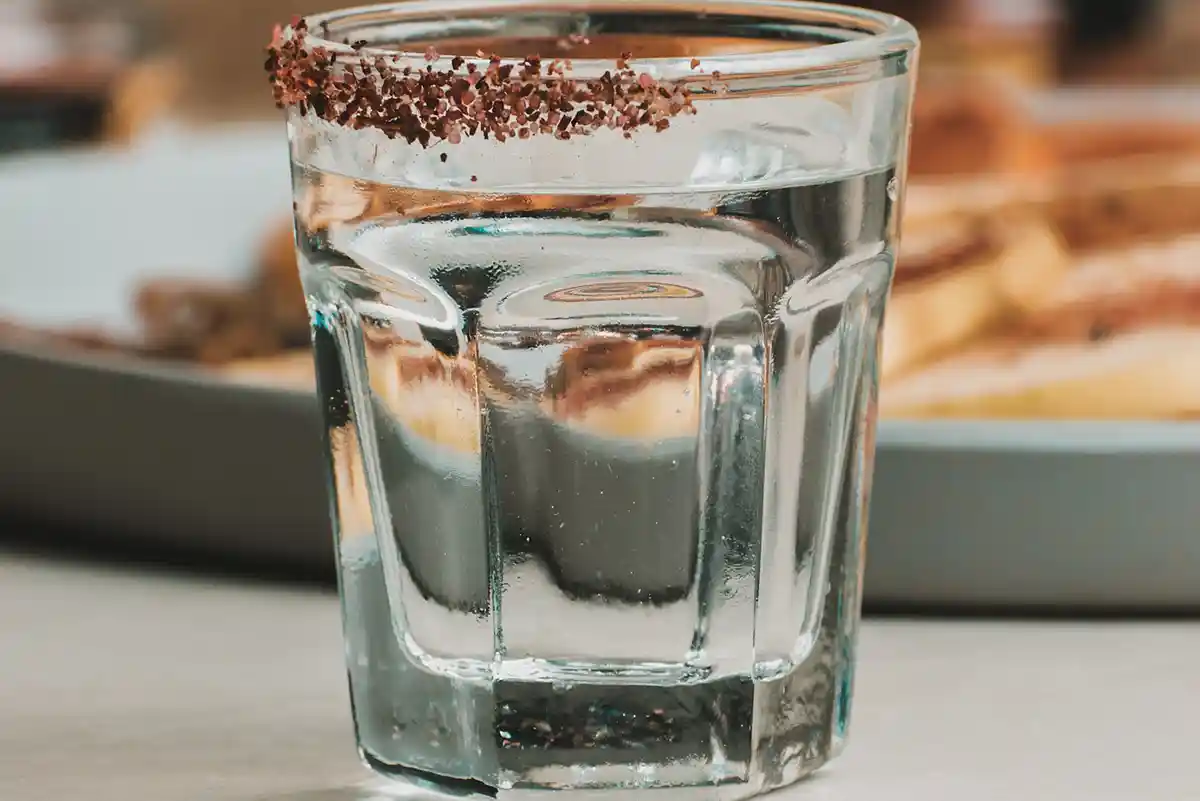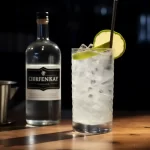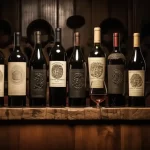Mezcal, the unique and spirited alcoholic beverage derived from the heart of the agave plant, has long been cherished for its rich history, cultural significance, and, more recently, its influence on the art world. From paintings to sculptures, mezcal has become a captivating muse for artists around the globe. In this article, we will explore the artistic elixir that is mezcal and how it has inspired and shaped the world of art.
Introduction
Art has always been deeply intertwined with human culture, reflecting our beliefs, traditions, and experiences. Mezcal, with its deep-rooted history and mystical allure, has emerged as a fascinating subject for artists seeking inspiration and creative expression. As we delve into the world of mezcal-inspired art, we will discover the various mediums through which artists have captured the essence of this exquisite spirit.
The Origins of Mezcal
To understand mezcal‘s influence on art, we must first explore its origins. Mezcal traces its roots back to ancient Mesoamerican civilizations, where it was considered a sacred elixir. The process of making mezcal involves harvesting and roasting the heart of the agave plant, known as the piña, which is then fermented and distilled. This intricate and labor-intensive process has been passed down through generations, contributing to mezcal’s authenticity and allure.
Mezcal’s Cultural Significance
Mezcal holds immense cultural significance in Mexico and beyond. It is deeply ingrained in rituals, celebrations, and traditional practices. The consumption of mezcal is often associated with moments of joy, unity, and spiritual connection. Its cultural importance has provided artists with a vast array of themes and symbols to explore within their artwork.
Mezcal as a Symbol of Tradition and Heritage
The rich heritage and traditions associated with mezcal have inspired artists to use it as a symbol of identity and ancestral pride. Through their creations, artists celebrate the craftsmanship and dedication involved in producing mezcal, paying homage to the cultural legacy passed down by their ancestors. Mezcal has become a visual representation of the resilience and strength of indigenous communities.
Mezcal’s Sensory Experience
One of the most enchanting aspects of mezcal is the multisensory experience it offers. From the earthy aroma and smoky flavors to the vibrant colors and textures of the drink, mezcal engages all the senses. Artists have embraced this sensory richness, incorporating it into their artworks to evoke emotional responses and transport viewers to the world of mezcal.
The Colors and Textures of Mezcal
Mezcal’s varied colors and textures have provided artists with a vast palette to explore. From the warm amber hues of aged mezcal to the crystal-clear tones of young mezcal, each shade carries its own symbolism. Artists have skillfully captured these colors and textures through various artistic techniques, infusing their creations with the spirit of mezcal.
Mezcal’s Representation in Paintings
In the realm of paintings, mezcal has served as a captivating subject matter. Artists have depicted scenes of mezcal production, the agave plant, and mezcal tastings in their works. Through vibrant brushstrokes and intricate details, these paintings not only capture the physical aspects of mezcal but also convey the cultural significance and emotional connection that surrounds it.
Mezcal-Inspired Sculptures
Sculptors have embraced mezcal as a source of inspiration, translating its organic forms and mystical allure into three-dimensional artworks. Sculptures crafted in the likeness of agave plants, mezcal bottles, or mythical creatures associated with mezcal have graced galleries and public spaces. These sculptures not only capture the essence of mezcal but also invite viewers to interact with the artwork on a tactile level.
Mezcal’s Influence on Photography
Photographers have utilized their lenses to capture the allure and mystique of mezcal. Through careful composition and lighting, they freeze moments that reflect the spirit of mezcal rituals, the beauty of agave landscapes, and the people whose lives are intertwined with this elixir. Mezcal photography has become a visual storytelling medium, inviting viewers to embark on a journey into the heart of mezcal culture.
Mezcal’s Role in Performance Art
Performance artists have found inspiration in mezcal’s rituals and social gatherings. Through immersive experiences and live performances, they recreate the ambiance of mezcal tastings, complete with music, dance, and storytelling. These performances not only entertain but also educate audiences about the cultural and historical significance of mezcal.
Mezcal and Fashion: A Fusion of Artistic Expression
Fashion designers have embraced mezcal as a muse, infusing their creations with the spirit of this exquisite elixir. From textiles inspired by the agave plant’s fibers to garments adorned with mezcal bottle motifs, fashion has become a platform for artistic expression that celebrates the symbiotic relationship between mezcal and culture.
Mezcal in Literature and Poetry
Writers and poets have woven mezcal into their prose and verses, using it as a metaphor for various aspects of life. Mezcal’s complexities and transformative qualities mirror the human experience, allowing writers to delve into themes of identity, passion, and connection. Through their words, they invite readers to savor the essence of mezcal and explore the emotions it evokes.
Mezcal as an Artistic Experience
Beyond being a subject of art, mezcal itself can be seen as an artistic experience. The act of sipping mezcal involves a ritualistic process, where the drinker engages with the flavors, aromas, and sensations it offers. Artists have sought to recreate this experience through immersive installations and interactive artworks, inviting viewers to engage with mezcal on a sensory level.
The Future of Mezcal-Inspired Art
As mezcal continues to captivate audiences worldwide, its influence on the art world is likely to grow. Artists will continue to explore new mediums and push boundaries, finding fresh ways to capture the essence of mezcal and its cultural significance. With mezcal’s rising popularity, we can expect to see more exhibitions, collaborations, and art forms dedicated to celebrating this artistic elixir.
Conclusion
Mezcal’s influence on art is a testament to the power of culture, tradition, and the human connection with the world around us. Through paintings, sculptures, photography, fashion, literature, and performance art, artists have paid homage to the mystical elixir that is mezcal. As the realms of art and mezcal converge, they create a mesmerizing tapestry that celebrates the beauty, heritage, and sensory experience associated with this extraordinary spirit.
FAQs
- Q: Is mezcal the same as tequila?
- A: No, mezcal and tequila are distinct spirits with different production methods and flavor profiles. While both are derived from the agave plant, mezcal is made from various agave species, whereas tequila is made exclusively from blue agave.
- Q: Can mezcal be enjoyed in cocktails?
- A: Yes, mezcal is a versatile spirit that can be used as a base in various cocktails. Its unique smoky flavor adds depth and complexity to mixed drinks.
- Q: Does mezcal have health benefits?
- A: Moderate consumption of mezcal, like any alcoholic beverage, may have certain health benefits. However, it is essential to consume alcohol responsibly and in moderation.
- Q: Where is mezcal primarily produced?
- A: Mezcal is primarily produced in Mexico, with the state of Oaxaca being renowned for its mezcal production.
- Q: How should mezcal be served?
- A: Mezcal is typically served neat in a glass called a copita, allowing the drinker to savor its aromas and flavors. It can also be enjoyed with a slice of orange and a sprinkle of salt to complement its smoky profile.









